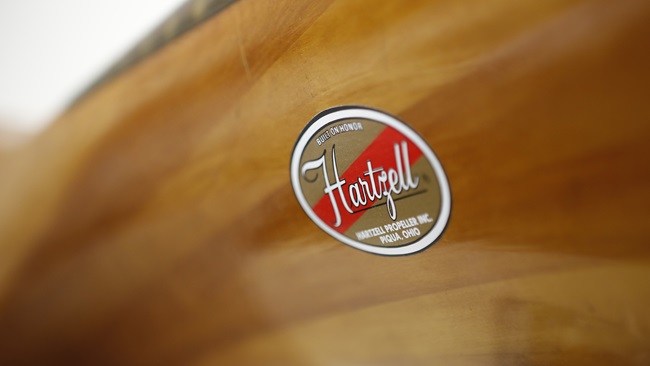If variety is the spice of life, business aviation may add flavor to an aviation career.
Michael McManus, a check airman for a fractional operator, had already worn many hats in aviation: helicopter and fixed-wing pilot in the Army, regional airline pilot and check airman, and civilian King Air pilot. But in his current role in the fractional industry, he might switch hats in a single day. McManus said he enjoys the variation that his role at a fractional operator provides.
As a check airman for a fractional operator, McManus sometimes conducts Part 135 line checks from the right seat, instead of observing from the jump seat as he did with an airline. When he does, that means he’s got to balance first officer duties with evaluating the captain: “You’re actually a functioning crewmember,” he said.
He said he recently conducted a line check from the right seat with a captain who was his senior. As the check airman, however, he functioned as the pilot in command. They landed, did some paperwork, and when they came back on board the aircraft for the next leg, McManus became the flying pilot, but was functioning as second in command.
Adaptability is important in a small fleet of aircraft. While airline pilots may fly the same route from hub to hub each day, McManus said he might fly from a small field to Hartsfield-Jackson Atlanta International Airport. And each flight is new.
“We could go into an airport and then not see it for three years,” he said.
In the fractional world, pilots may operate flights under 14 CFR Part 135, 91K, or 91. That means keeping track of which regulations apply to which flights, for example those regarding checking passenger IDs. McManus said knowledge of the regulations factors into his line checks, which focus on attitude, skills, and knowledge. Most pilots are Type A people, McManus said, and are conscious of the consequences of failing a line check.
“I think anybody, no matter how long you’ve been doing this, you know any given day you could make a grave enough mistake that you could fail a checkride,” he said. That can affect workplace dynamics, he said; while McManus still flies as a captain, he said some of his colleagues began to look at him differently when he was recently named a check airman. “Now all of a sudden, you’re the evaluator,” he said.
The line check isn’t only about assessment. “There’s a lot of education or instruction because they look at the check airman as a book of knowledge,” McManus said, explaining that pilots at his company are adjusting to a new operating manual and sometimes have difficulty adapting to a new way of doing things.
McManus said he applied for the check airman position to expand his horizons, and because he enjoys training and evaluating. He applied for an instructor position first, he said, but wasn’t selected. When he applied for the check airman position, he was chosen. He said there’s a lesson in that for other pilots: “Just because someone says no, don’t take ‘no’ as an answer. Try again.”



